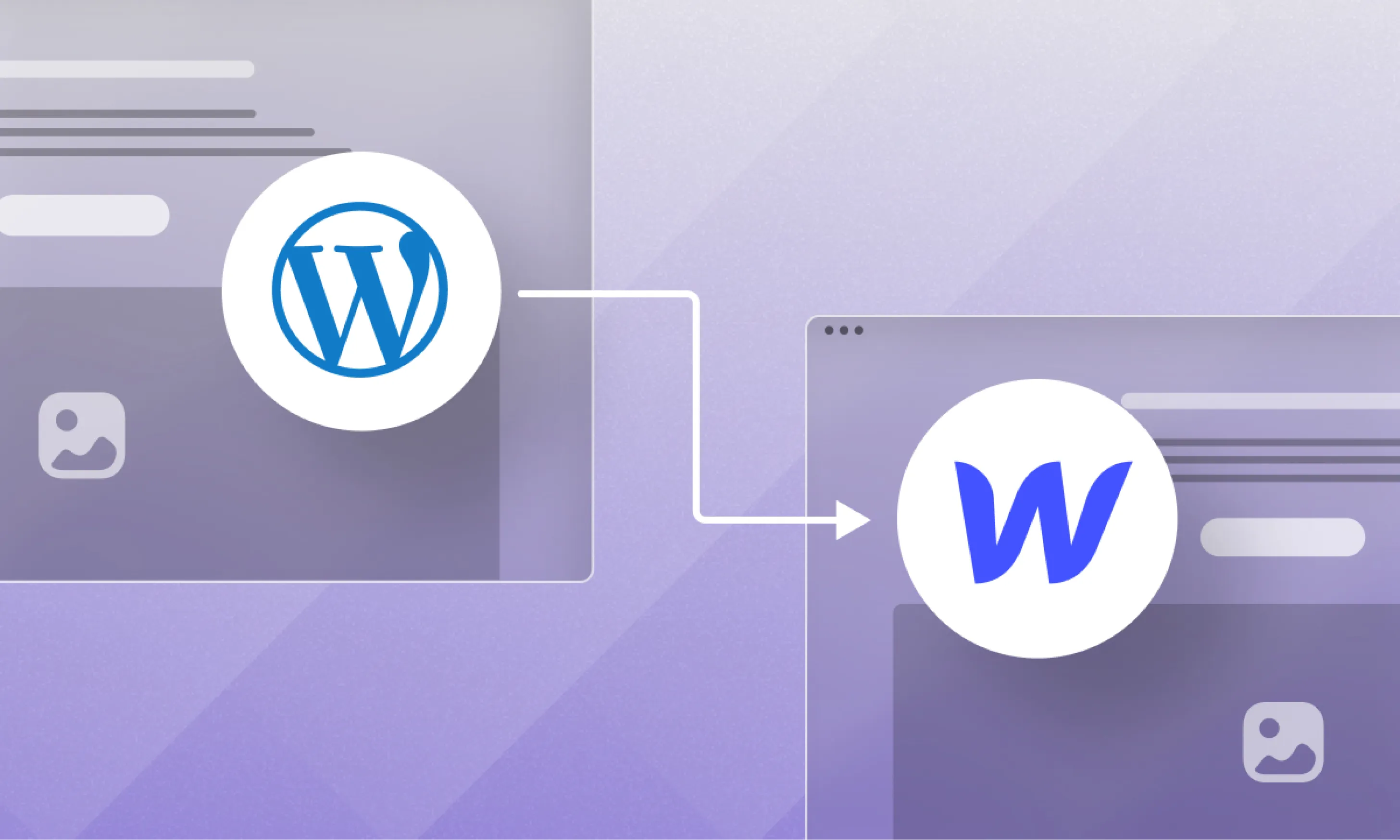The role of typography in web design

The role of typography in web design
Typography is the art and technique of arranging type to make written language legible, readable, and appealing. It is the basic element of web designing, as it affects what the users perceive and also the interaction in a website. In this blog post, we will see some of the aspects and principles of typography in web design, and how they can enhance the user experience and the visual identity of a website.
Some of the basic aspects of typography

One of the aspects of typography in web design is font choice. Fonts are the styles of typefaces that tells the shape and appearance of the characters. Fonts can convey different moods, emotions, and personalities, depending on their characteristics such as weight, size, contrast, serifs. For example, a serif font like Times New Roman can suggest tradition, elegance, and authority, while a sans serif font like Helvetica can suggest modernity, simplicity and clarity. Therefore, choosing the right font option for a website is important to match the tone and purpose of the content which make it visually better.
Another aspect of typography in web design is font size. Font size is the measure of how large or small the characters are on the screen. Font size can affect the readability and accessibility of a website, as well as the structure of the website. Generally, larger font sizes are used for headings and titles, to attract attention and indicate importance. Smaller font sizes are used for body text and details, to provide more information and context. However, font size should also be balanced with the screen size and resolution, to ensure that the text is neither too big nor too small for the users.
A third aspect of typography in web design is font color. Font color is the hue and value of the characters on the screen. Font color can have the effect on the contrast and harmony of a website, as well as the mood and emotion of the content. Contrast is the difference between the font color and the background color, which determines how easy or hard it is to read the text. High contrast colors, such as black on white or white on black, can create a clear and sharp effect, while low contrast colors, such as gray on gray or blue on green, can create soft effect. Harmony is the relationship between the font color and other colors on the website, which determines how well they complement or clash with each other. Harmonious colors can create a pleasing and coherent effect, while disharmonious colors can create a confusion and inconsistent effects
End note:
Typography is a very powerful tool in web designing that can have impact on how users perceive and interact with a website. By choosing right and sensible fonts, sizes and colors for a website, web designers can enhance the user experience and the visual identity of a website.
Need any help with your website? we are here to help you out.
Schedule a free call.webp)



